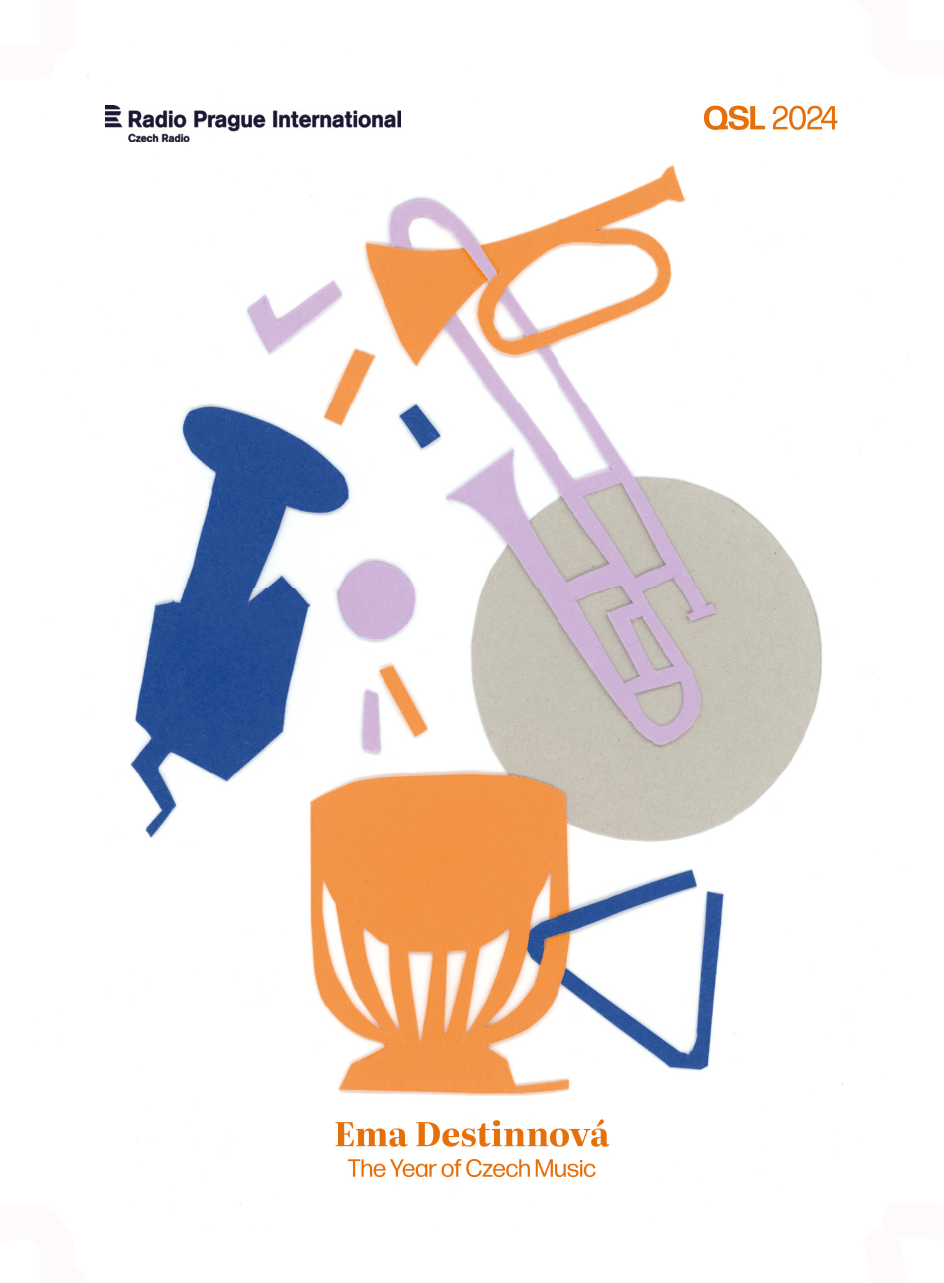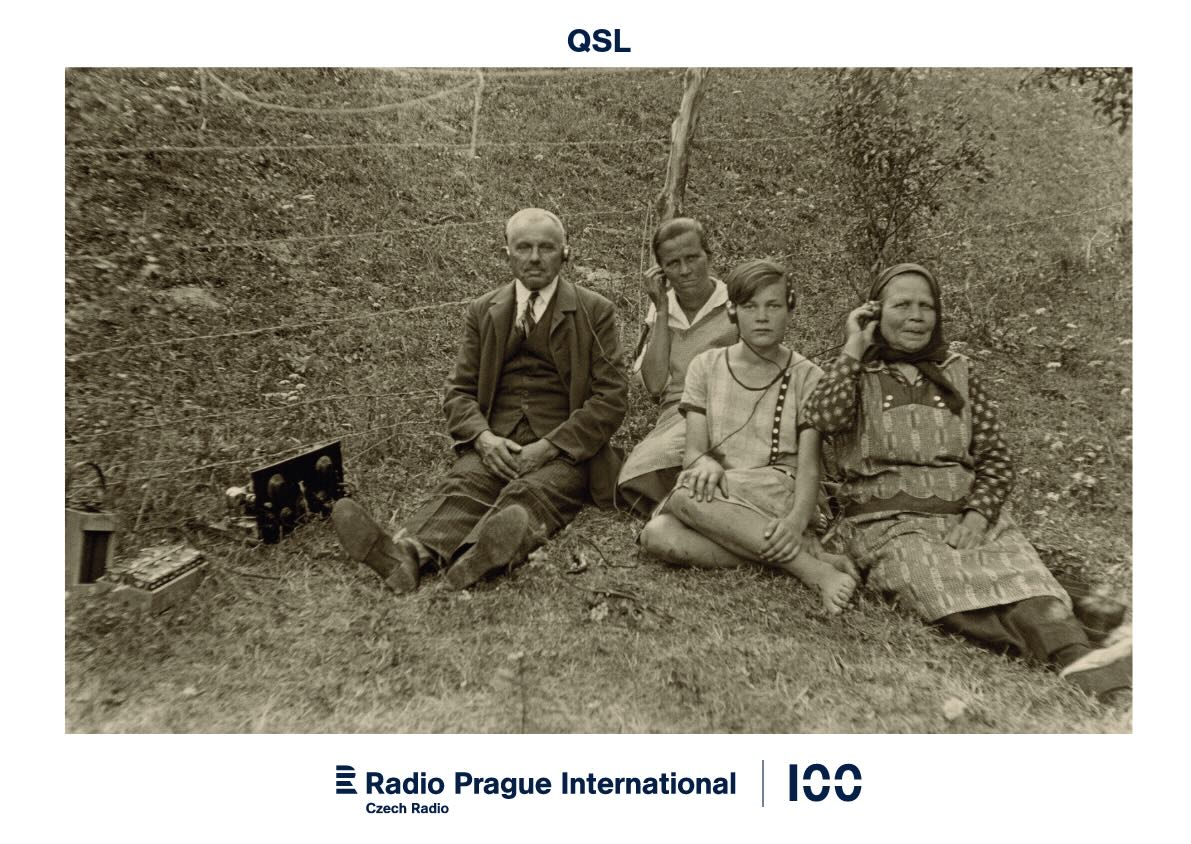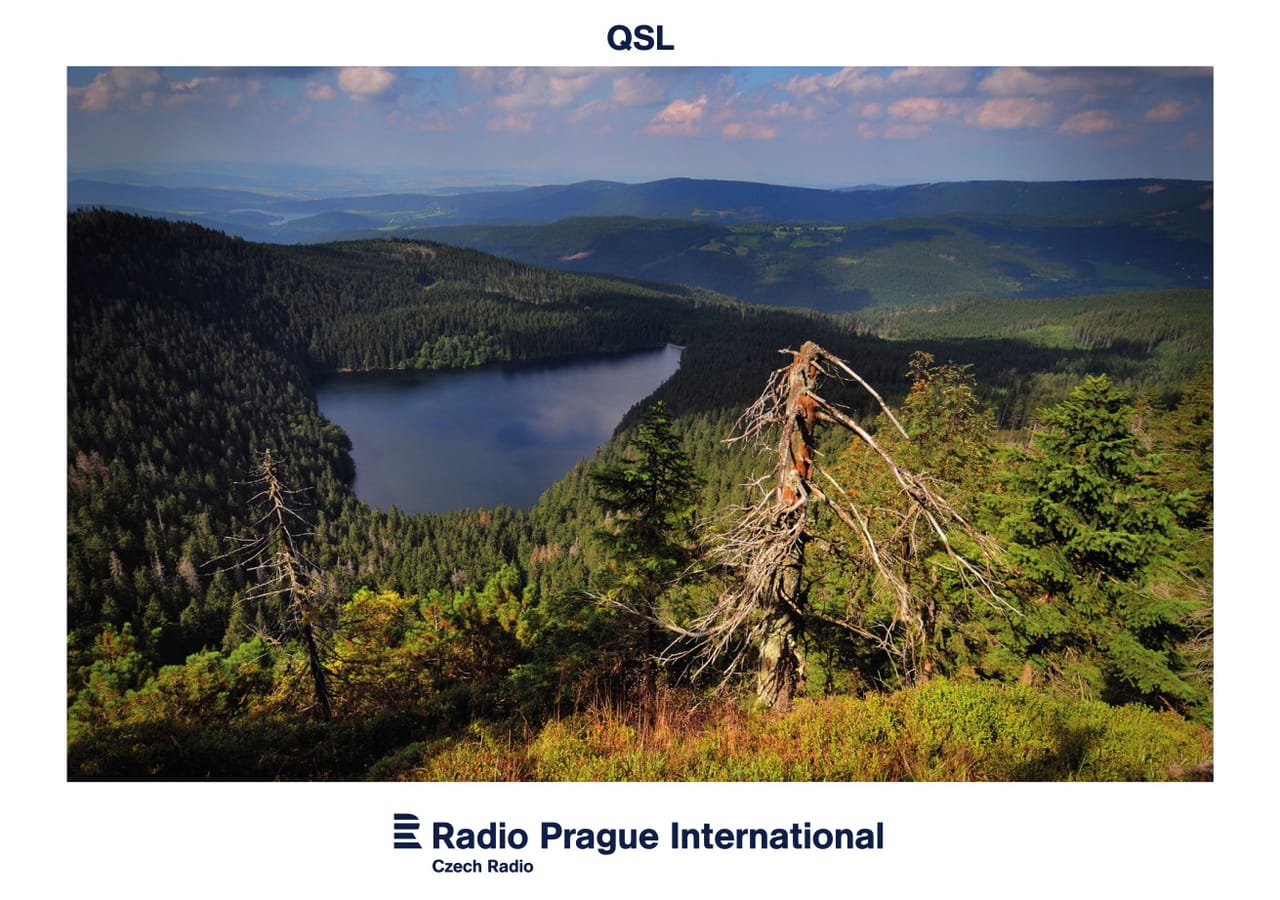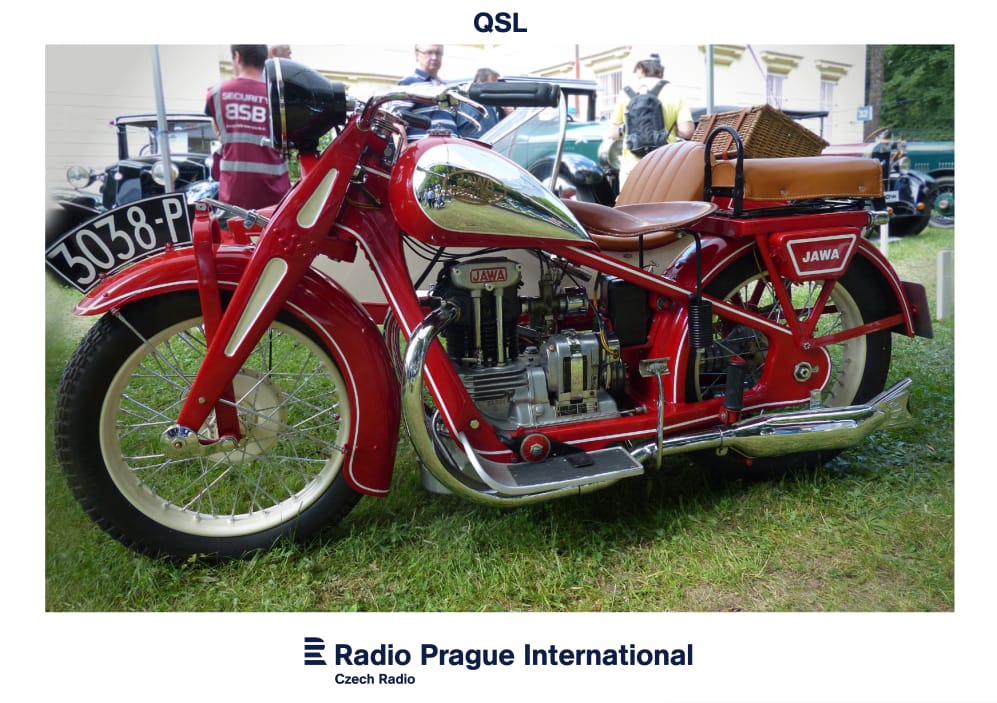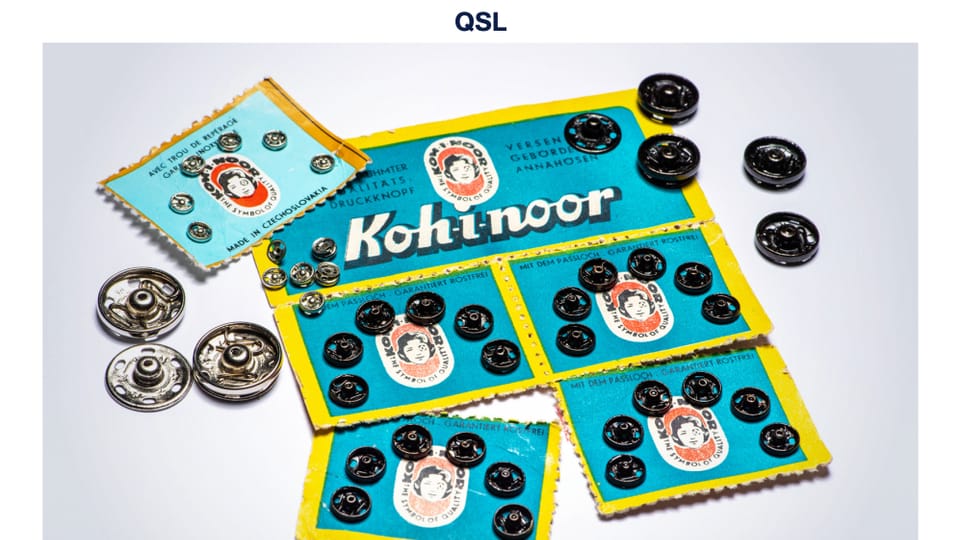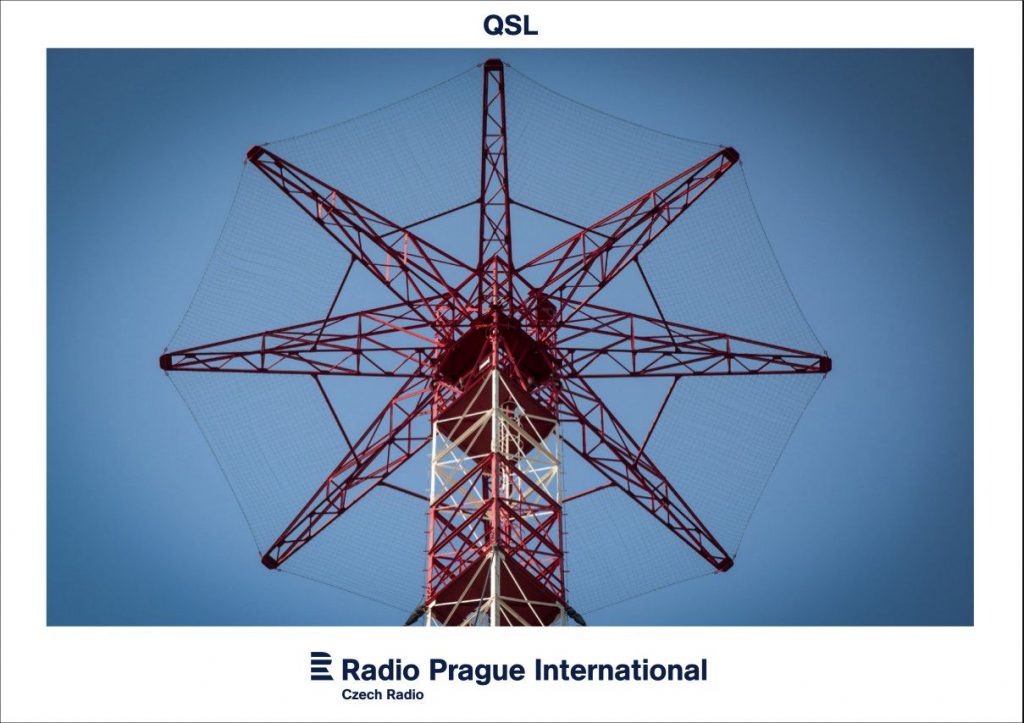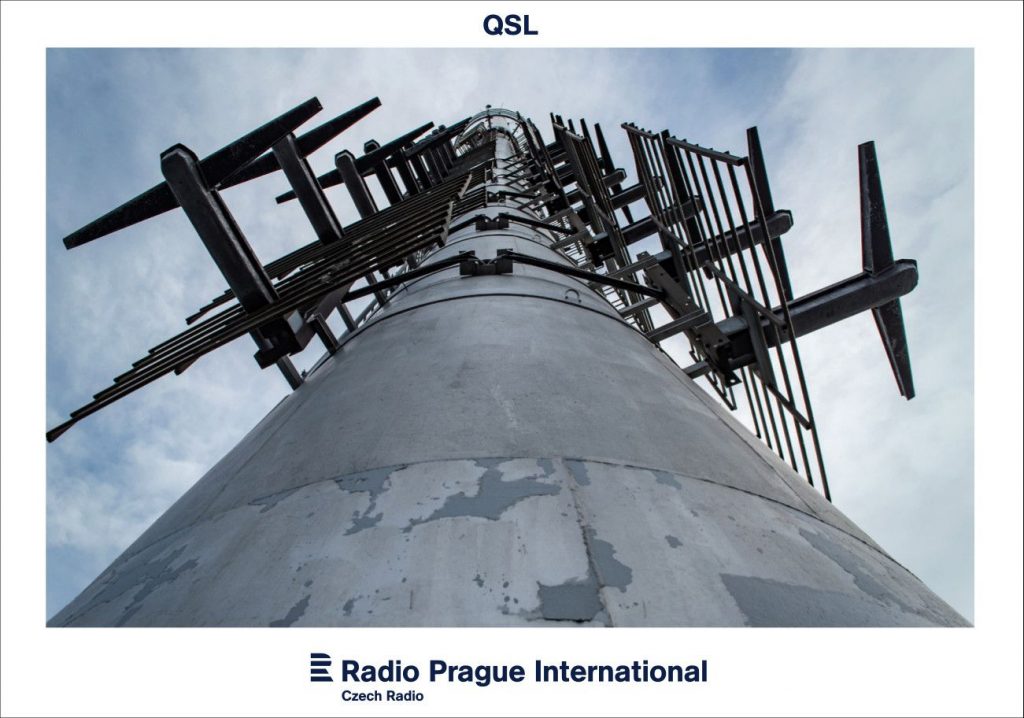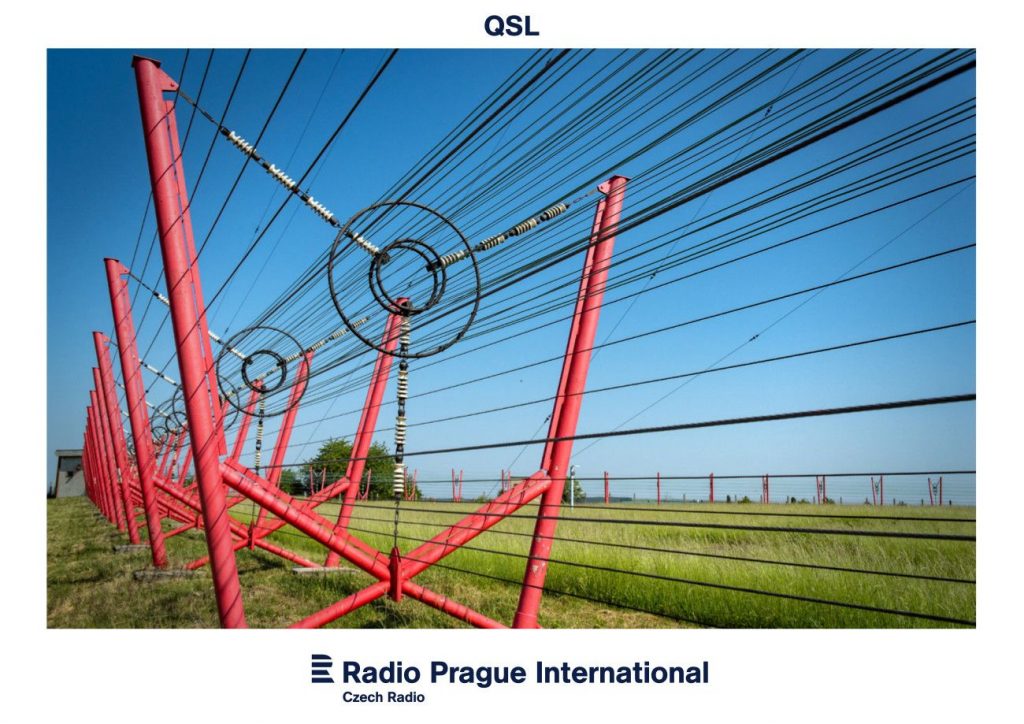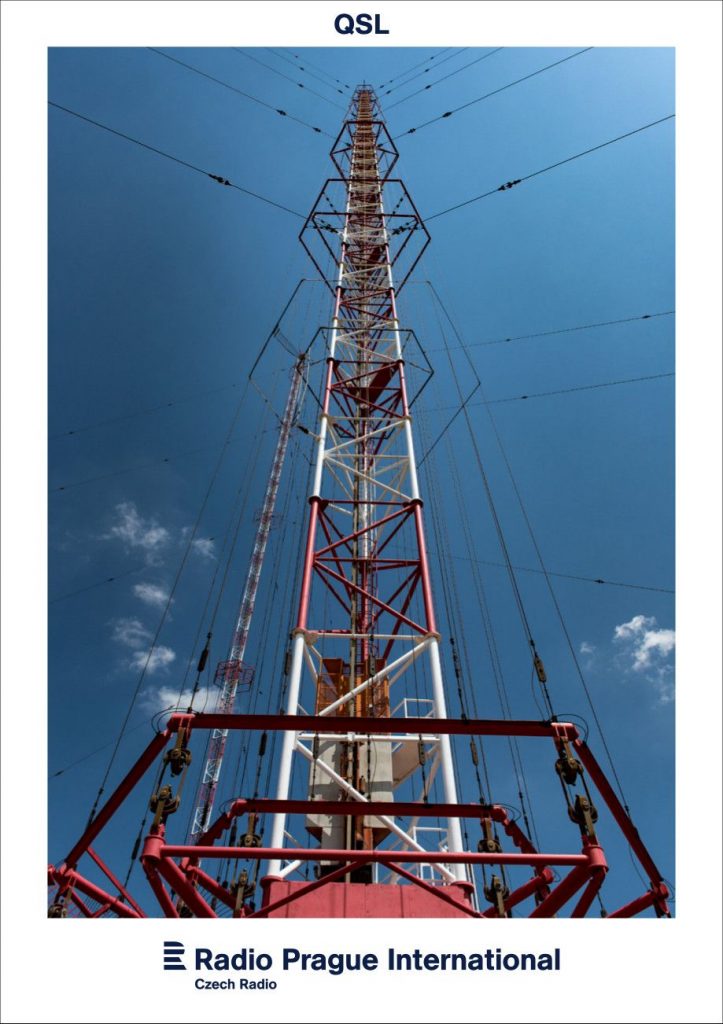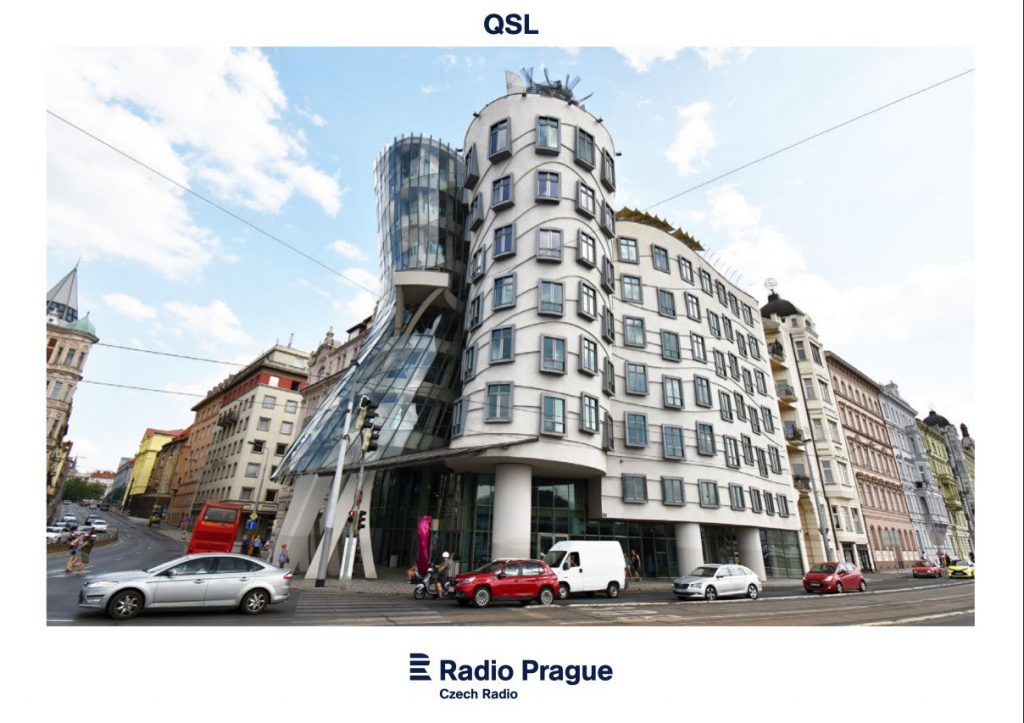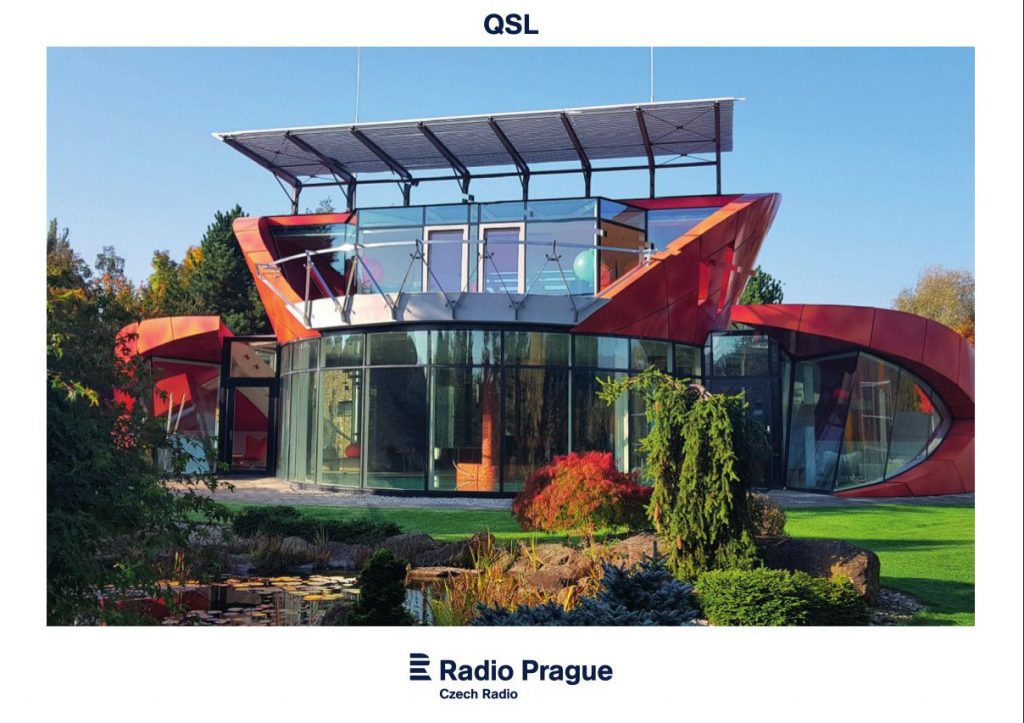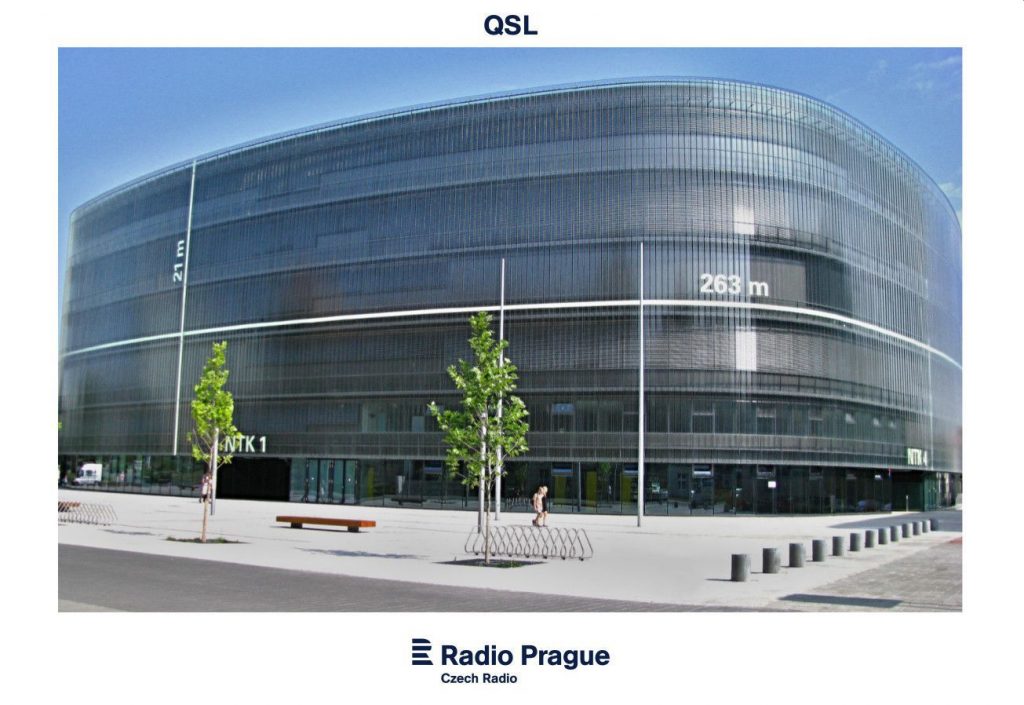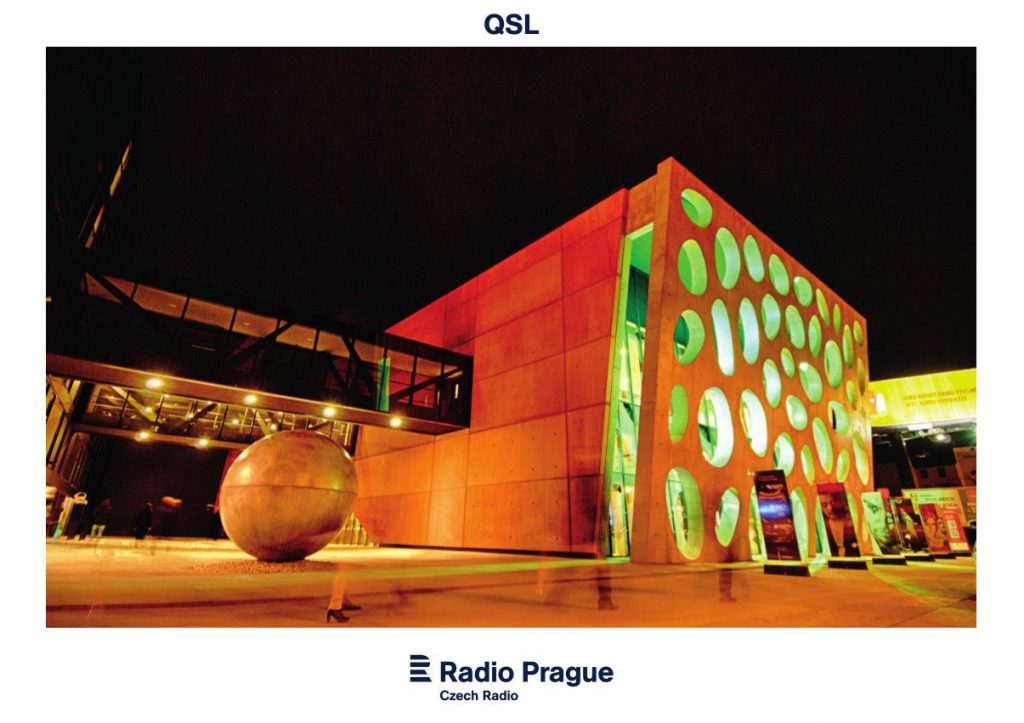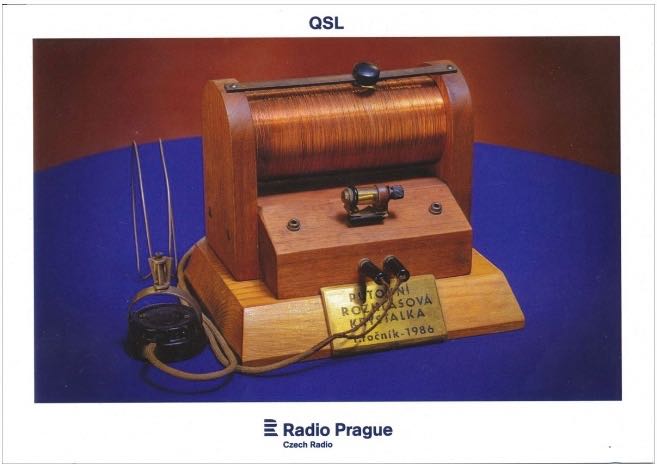Many thanks to SWLing Post contributor, David Iurescia, who shares the following article from Radio Prague:
Radio Prague’s 2024 QSL card series will be musical – and digital
To this day, Radio Prague International has kept up the decades-long tradition of QSL cards – postcards confirming receipt of reception reports to listeners. Every year, we have created a new series of postcards to send to listeners. In 2024, there will be something else new – in addition to the traditional printed versions, we will also start producing and sending digital QSL cards.
2024 is the year of Czech music – and so is the theme for next year’s QSL card series.
With a different QSL card for every quarter, Kristýna Marková’s graphic designs will bring you images inspired by the most famous Czech classical music names – Antonín Dvo?ák, Bed?ich Smetana, Leoš Janá?ek and Ema Destinnová.
The Times They Are A-Changin’
Many international radio stations, as they muted their shortwave broadcasts, also stopped issuing QSL cards. However, Radio Prague International continues to preserve this tradition.
Unfortunately, significant price hikes by the Czech postal service have forced us to make a few changes. From 2024, we will only send printed postcards to listeners who send us a printed postcard or letter themselves. Otherwise, we will send digital QSL cards to those who send us a message by email or via our web form.
We hope that our digital QSL cards will delight you as much as our printed ones have and that you will continue to be among our loyal listeners for years to come.
Click here to read the original article and to view more images at Radio Prague online.

